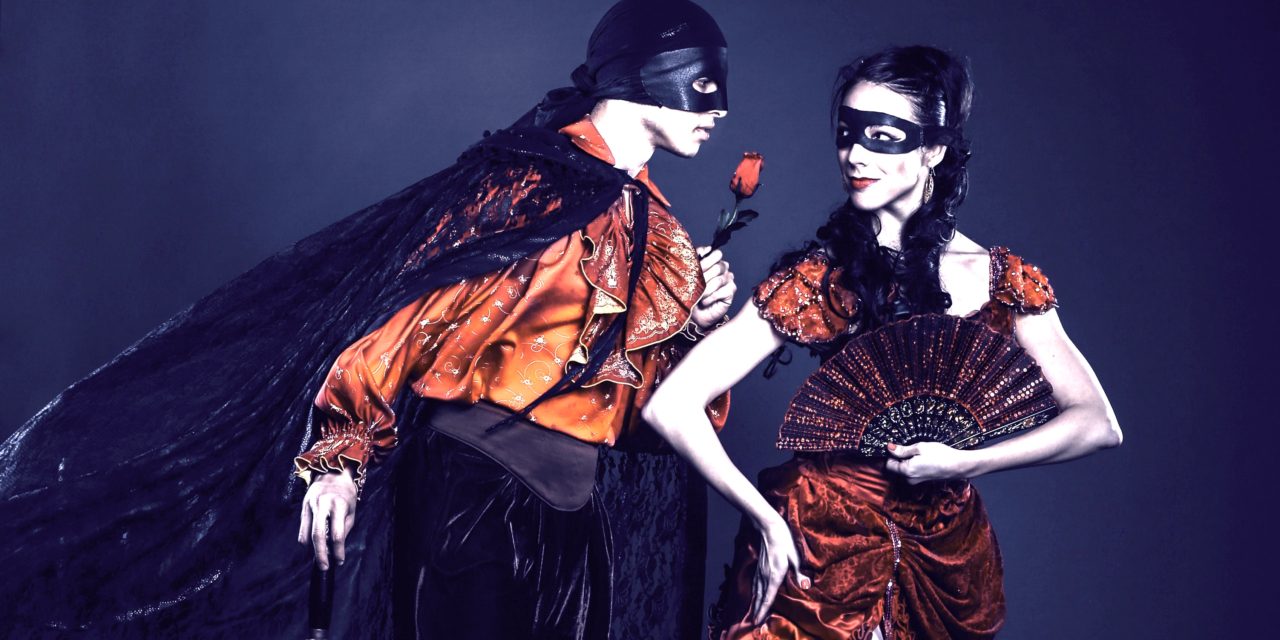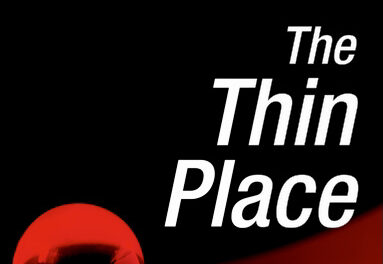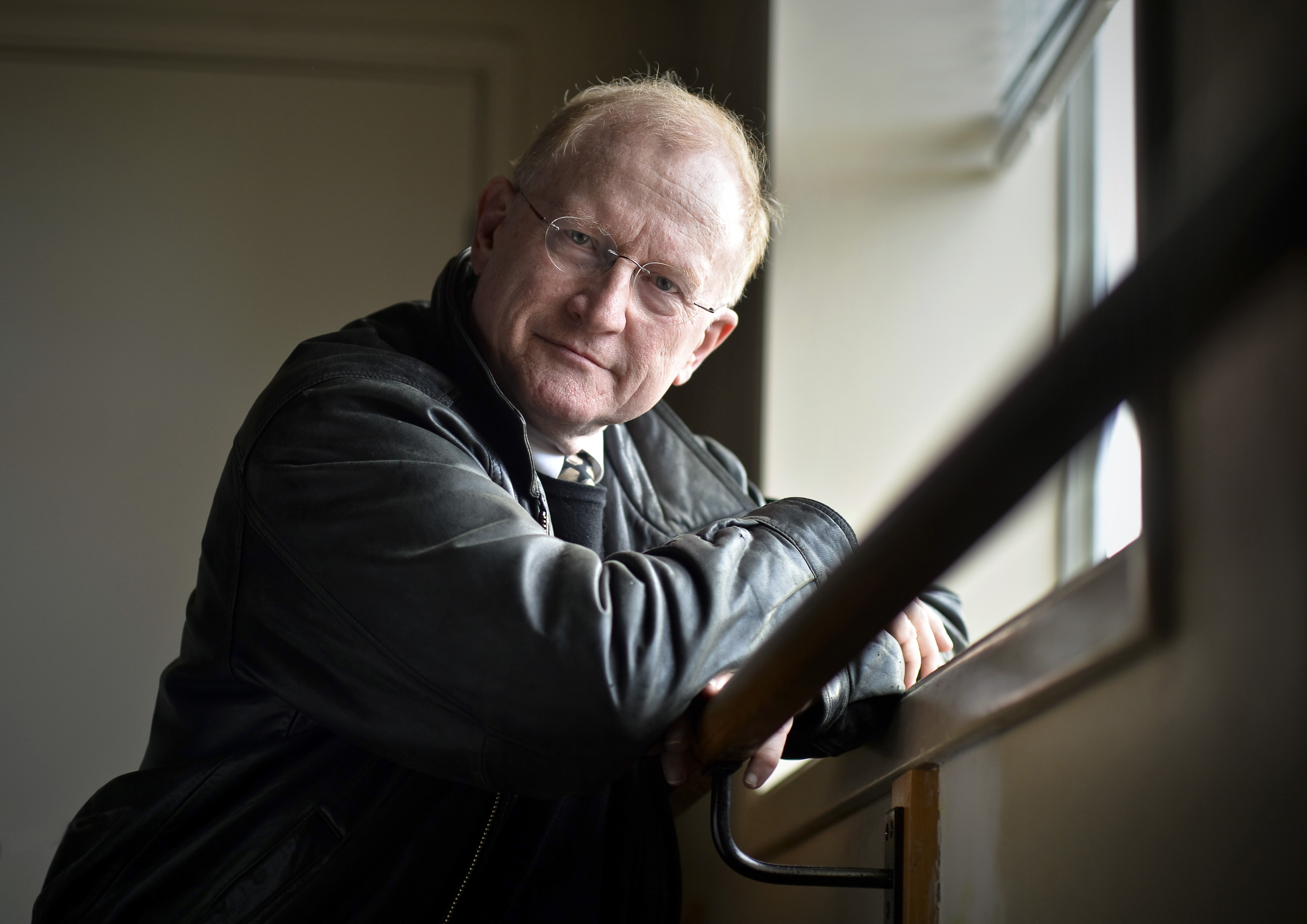(Above: Photo by Bob Williams and Stephanie Urso)
By Suzi Steffen
When ballet companies stage what’s known as story ballets, they don’t usually have to get permission from a group that owns the copyright to the plot.
But in the early 2010s, when Hannah Bontrager of Ballet Fantastique fell in love with Isabel Allende’s novel Zorro, she found out that getting the rights to the story wouldn’t be simple.
The team of BFan executive director Hannah and her mom, artistic director Donna Marisa Bontrager, then found out that Zorro Productions controls most of the copyright for anything having to do with the fictional legend, and they needed to get permission not only from Allende but from the copyright company.
“We are really honored to be the only ballet version of Zorro,” Bontrager said. “We of course put our own spin on it, distilled the story and, as a producer-choreographer team, chose which elements we wanted to emphasize in our story.”
The ballet premiered in Eugene in 2013, and in a way, it’s almost like a superhero origin story, emphasizing, at least in the first act, how Zorro was born and how he grew up. We meet his parents — colonizer Alejandro de la Vega, who owns a huge hacienda and is a Spanish lord, and his mother, a woman of the Tongva tribe named Toypurina.
Bontrager emphasizes that Toypurina was a real person, even though the Zorro legend is not real. She was a woman who helped lead a fight against Spanish invaders of the San Gabriel Mission and who was punished and exiled for it, forced to become a Christian in order to stay alive. She was sent to Monterrey, where she married a Spanish soldier, and they had three children before she died at age 39.
Reading the story of her life is not romantic. There was a play about her in the year after BFan first performed Zorro; you can read more here.
But in the Isabel Allende novel that the Bontragers adapted, Toypurina marries Alejandro de la Vega, and they have Diego de la Vega — the Spanish name of the Zorro character.
“We open the ballet with a really fierce girl power scene, where all of the women are sending her into battle,” Hannah Bontrager said.
She added in a later discussion, which was focused more on what it means to have a mostly white ballet corps performing as Native peoples, that Ballet Fantastique “is not going to pretend that we can do a documentary. We were inspired by Allende’s story and by historical research.”
The ballet corps playing the Tongva women (Gabrieleño in Spanish) begin the first act in costumes that are not supposed to refer to any specific tribal heritage, costume designer Allison Ditson said.
“As a person who’s not Native, I’m not trying to make a replica of anything,” she said. “I tried to make them reference a Native look, but I tried to avoid using a lot of feathers, I tried to be conscious about that.”
Bontrager said that Ballet Fantastique shows — which often come out of narratives from many different cultures — require both cultural accuracy and artistic license. The choreography for the dancers cast as the Tongva, she said, included a “more grounded” way of dancing, even some heel to toe walking, which “dancers never do in pointe shoes.”
Bontrager said that Ballet Fantastique practices colorblind casting. In their version of “A Christmas Carol,” for instance, they once had a young Scrooge who was African American and quite a bit shorter than the older Scrooge, who was, well, not African American.”
Ditman said that when she designed the costumes in 2013, “the cultural climate was a little bit different than it is now.” Since then, she’s had the experience of being called out for cultural appropriation with another costume, and she learned from that experience.
With the costumes for the Tongva in Zorro, she said, “I was anticipating this would come up eventually, and I’m glad to have it come up. The costumes deserve to be scrutinized.”
If the first act is filled with the drama of a clash of cultures, in which a young Diego de la Vega sees how his parents’ different peoples interact at his 16th birthday party, the second act, set in Barcelona instead of Alta California, is where Zorro comes into his own.
“When we did Open Barre, the open rehearsal,” Bontrager said, “one of the audience members told me her face hurt from laughing so much.”
Thus does the Ballet Fantastique version of Zorro mirror the Allende novel, with permission from Zorro Productions, polished with the Bontragers’ creative choreography and spin.
If you’d like to have an opinion on the costumes, the fight scenes, the original music by the L.A. band Incendio and Oregon composer Kim Angelis, come to one of the remaining performances, 7:30 p.m. Saturday, March 3; and 2:30 pm Sunday, March 4, in the Soreng Theater at the Hult Center.
Ballet Fantastique’s “Zorro”
When: 7:30 p.m. on Saturday, March 3 and 2:30 p.m. on Sunday, March 4
Where: Soreng Theater, Hult Center for the Performing Arts, One Eugene Center (Seventh and Willamette streets in downtown Eugene)
Tickets: $35 to $67, available at the Hult Center box office, 541-682-5000, or online at hultcenter.org











